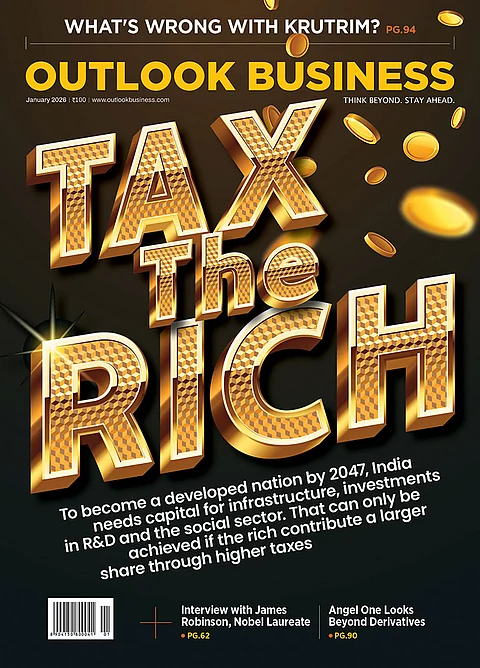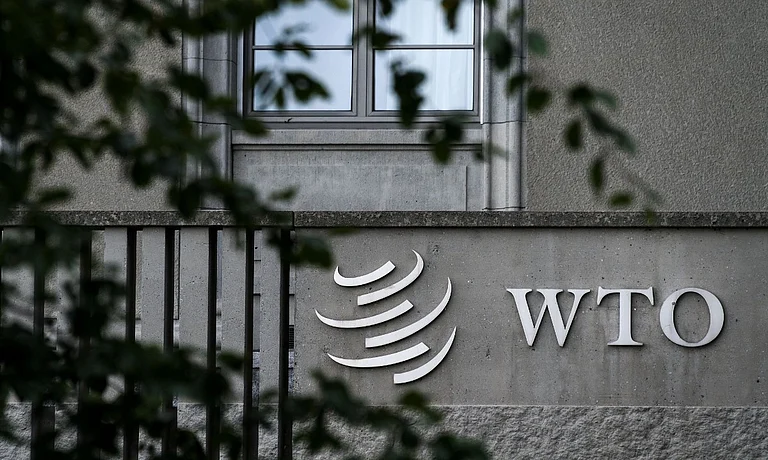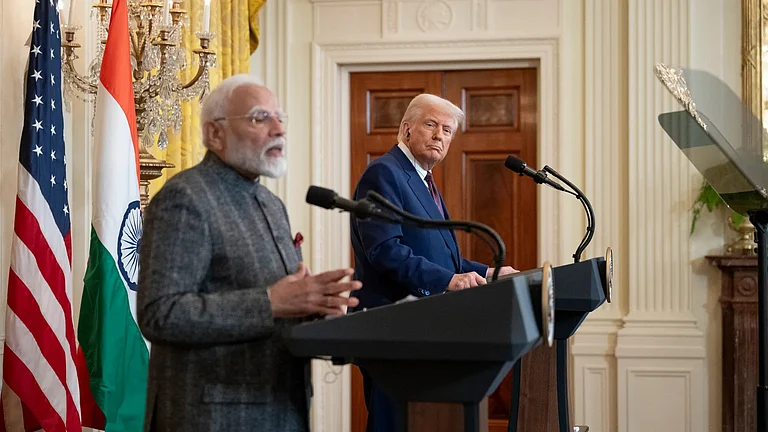Following Trump’s tariff blitzkrieg, a full-blown trade war has broken out between the US and China, which together represents nearly 50% of global GDP, stirring a deep sense of uncertainty around the world.
In its chaotic wake, many nations could raise trade barriers, eventually dragging the global economic order back into the long-abandoned hole of protectionism.
For India, this is a wake-up call to derisk its economy by diversifying its sources of supply and expanding its export markets across varied geographies. Currently, just 10 countries account for 40-50% of India’s exports, with the US alone buying 25% of the products shipped by its top five exporting sectors. Dependence on such a narrow market base is akin to walking a knife’s edge, beset with threats like adverse tariff action or policy shifts.
It is universally acknowledged that strengthening supply chains, optimising efficiencies, enhancing quality and productivity are an imperative to building trade resilience in an increasingly volatile world. But what must India do to insulate itself from immediate and impending tariff shocks and protect its price advantage, historically its most valuable “trump” card? Realistically, what can it do?
As a short-term fix, governments could reduce taxes on industries hit by any tariff surge to soften the blow. In the medium term, however, India must relentlessly work towards gaining an all-weather competitive advantage in global markets by transforming its manufacturing infrastructure into an efficient machine, primed to deliver products of the highest quality at the lowest possible price points. Such advantages, rooted in real performance and value, are resilient and insulated from the caprice of economic and geopolitical policy shifts.
“To build trade resilience in a volatile global environment, we must become more competitive and diversify strategically,” says Biswajit Dhar, Professor at the Council for Social Development, New Delhi. “Our lack of competitiveness in manufacturing and agriculture is a growing vulnerability. We need to urgently revitalise our manufacturing sector to match global benchmarks, especially those set by China and Vietnam. That means greater technological infusion and more efficient production systems.” A major issue in this context is the demographic makeup of India’s workforce, which is still heavily skewed towards the farming sector.
Though a 2023 McKinsey report projects that an additional 223 million people will enter India’s non-farm sector by 2050, the real challenge for the country would be to close the vast productivity gap, which separates it from Asia’s advanced economies. The report notes that non-farm productivity of countries like China is about eight times higher than India’s. While the same for India is expected to increase from about $9800 now to about $22000 by 2050, the gulf is unlikely to narrow, China’s productivity already stands at $26,000. And productivity is a critical indicator of the three factors that determine competitiveness: Efficiency, cost and quality.
In fact, quality, even more than price, is the real differentiator. There is ample evidence, from Apple phones to Mercedes cars, demonstrating that markets are happy to pay a premium for excellence. India Inc can never emerge as a dominant player on the global stage unless it learns to win in all conditions, divorced from prices and a constantly favourable policy environment. In short, industries must steel their competitiveness by working zealously on the fundamentals: Efficiency, cost and quality.
“In a world marked by disruptions, we must reduce costs, so that even if tariffs turn adverse, we can remain competitive and keep prices down while ensuring consistent quality,” says an industry expert. “If you look at the Chinese business model, what is it? They produce in huge facilities and maintain cutting-edge quality at prices that are hard to beat.” That, ultimately, is the direction India must take—becoming a byword for cutting-edge quality at prices the world finds hard to match. It’s the most dependable hedge against volatility.
A ramp up along these lines will indubitably yield a robust and efficient manufacturing base, plugging many of the supply chain vulnerabilities that currently plague vital sectors of its economy. This must be complemented by investment in modern logistics infrastructure that enables just-in-time delivery and lowers transaction costs. India must become known not just for cost competitiveness, but for the trust its products inspire—dependable, durable, and desirable across global markets.
Presently, however, the country is precariously placed, with many of its industrial sectors dependent on imports and that too from a few sources. Its electronics industry, for example, imports nearly 85% of its components, and the pharmaceutical industry still depends on China for over two-thirds of its active pharmaceutical ingredients (APIs).
Dr Viranchi Shah, Former President at Indian Drug Manufacturers Association, states: “The challenge in the chemistry space is not the dearth of knowledge or technology. We have what it takes to make these APIs. What holds us back is a major competitive disadvantage. China manufactures at scale and secures environmental clearances with a speed that's hard to match.”
Having said that, the only way India can insulate its manufacturing backbone from global shocks is by addressing its overdependence on a handful of global suppliers. Other than enhancing quality, this will involve investing in backward integration and building redundancy for critical inputs ranging from semiconductors to rare earths. Equally important, the country must embrace Industry 4.0 practices defined by smart factories, predictive logistics, and AI-powered quality control, as have many manufacturing powerhouses, such as China, Japan and Germany.
Alongside, the country must strain every sinew of its diplomatic, economic and political muscle to enter, capture and secure new marketplaces around the world and thereby ring-fence itself from the fallout of external policy shifts--- be it tariffs, sanctions, or changing rules of origin. This includes fast-tracking free trade deals with its key trading partners such as the EU, UK, Australia and the Gulf nations.
In a world tilting towards fragmentation, India must play the long game—anchoring its economy in resilience, trust, and strategic agility. The goal is not to retreat behind tariff walls, but to rise above them through smarter manufacturing, deeper integration, and sharper diplomacy.































